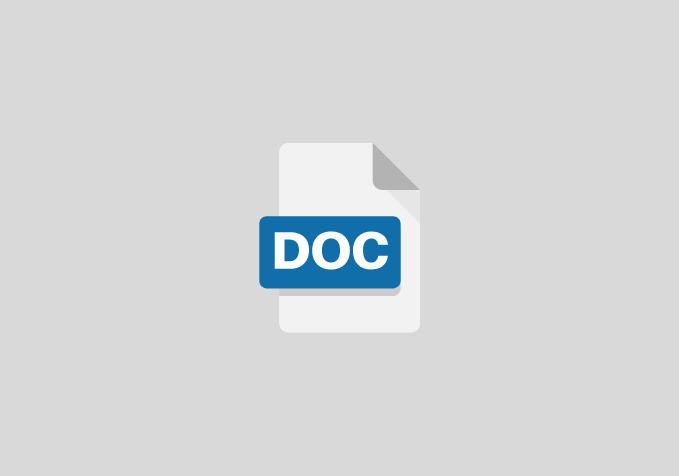Industrial Revolution 4.0 and Innovation in the Agricultural Sector in Malaysia: Case Study of Fisheries
Chapter One
OBJECTIVE OF THE STUDY
The objectives of the study are;
- To ascertain the relationship between Industrial Revolution 4.0 and the growth of the agricultural sector in Malaysia
- To ascertain the relationship between Industrial Revolution 4.0 and digitalization in the agricultural sector in Malaysia
- To examine the relationship between Industrial Revolution 4.0 and the challenges of agriculture in Malaysia
Chapter Two
Review of the Related Literature
Introduction
The fourth industrial revolution: Industry 4.0, or IR 4.0 is defined as the crosscutting impact of information and communication technologies, especially the Internet of Things (IoT) in various industrial sectors translates itself into a phenomenon. Agriculture 4.0, in analogy to industry 4.0, stands for the integrated internal and external networking of farming operations. This indicates that digital form data is present in agriculture processes like suppliers’ communications with end customer performed electronically. Agriculture 4.0 revolution the processes like data transmission, processing and analysis are automated. Farmer fields utilized with technology and innovation results in sustainable agricultural production and productivity growth. The study presents that agriculture growth, quality of the environment and other sustainable aspects results by agriculture 4.0 and hi-tech agriculture implementation (Slobodan Antić, “Digitalization in Agriculture, 2018). This study focusses on agriculture 4.0 current applications and hi-tech for sustainable farming development with factor influencing the adoption of agriculture revolutions of the farm operation in Malaysia.
Chapter Three
RESEARCH METHODS
This chapter examines the various methods and procedures that will be adopted in carrying out this study. These include the following: design of the Study, area of the study population of the Study, sample and sampling techniques, instrumentation, validation of the instrument, reliability of the instrument, method of data collection, method of data analysis and decision rule.
METHOD OF DATA ANALYSIS
Correlation coefficient will be used in answering research questions while all hypothesis will be tested using Pearson Product Moment Correlation Analysis (PPMC) will be used in testing the hypotheses. All hypotheses will be tested at 0.05 significant levels
References
Advertisements
- Zezulka, P. Marcon, I. Vesely and O. Sajdl, “Industry 4.0 – An Introduction in the Phenomenon”, Science direct, Ifac-Papers 2405-8963 Online 49-25 (2016), pp. 8–12.
- Slobodan Antić, “Digitalization in Agriculture: Digital Revolution in Agriculture: Industry 4.0”, XII. International Conference on Logistics in Agriculture, Conference Proceedings, 978-961-286-213-8, (2018), pp. 53-68.
- Jehoon Sung, “The Fourth Industrial Revolution and Precision Agriculture”, Automation in Agriculture – Securing Food Supplies for Future Generations, (2018), pp. 1-15.
- Phil Hogan and Dr Bernd Schere, “Agriculture 4.0 – Ensuring Connectivity of Agricultural Equipment”, White Paper (2017), pp. 1-12.
- Luque, M. Estela Peralta, A. De Las Heras and A. Córdoba, “State of the Industry 4.0 in the Andalusian Food Sector”, Manufacturing Engineering Society International Conference, (2017), pp. 1199-1205.


